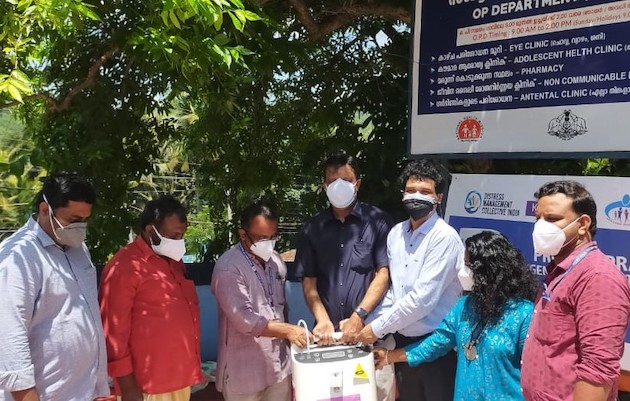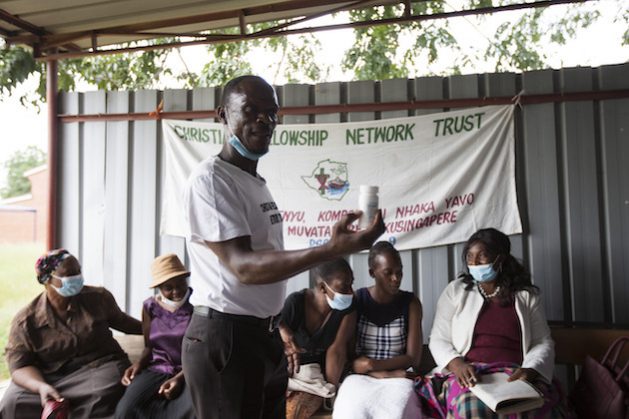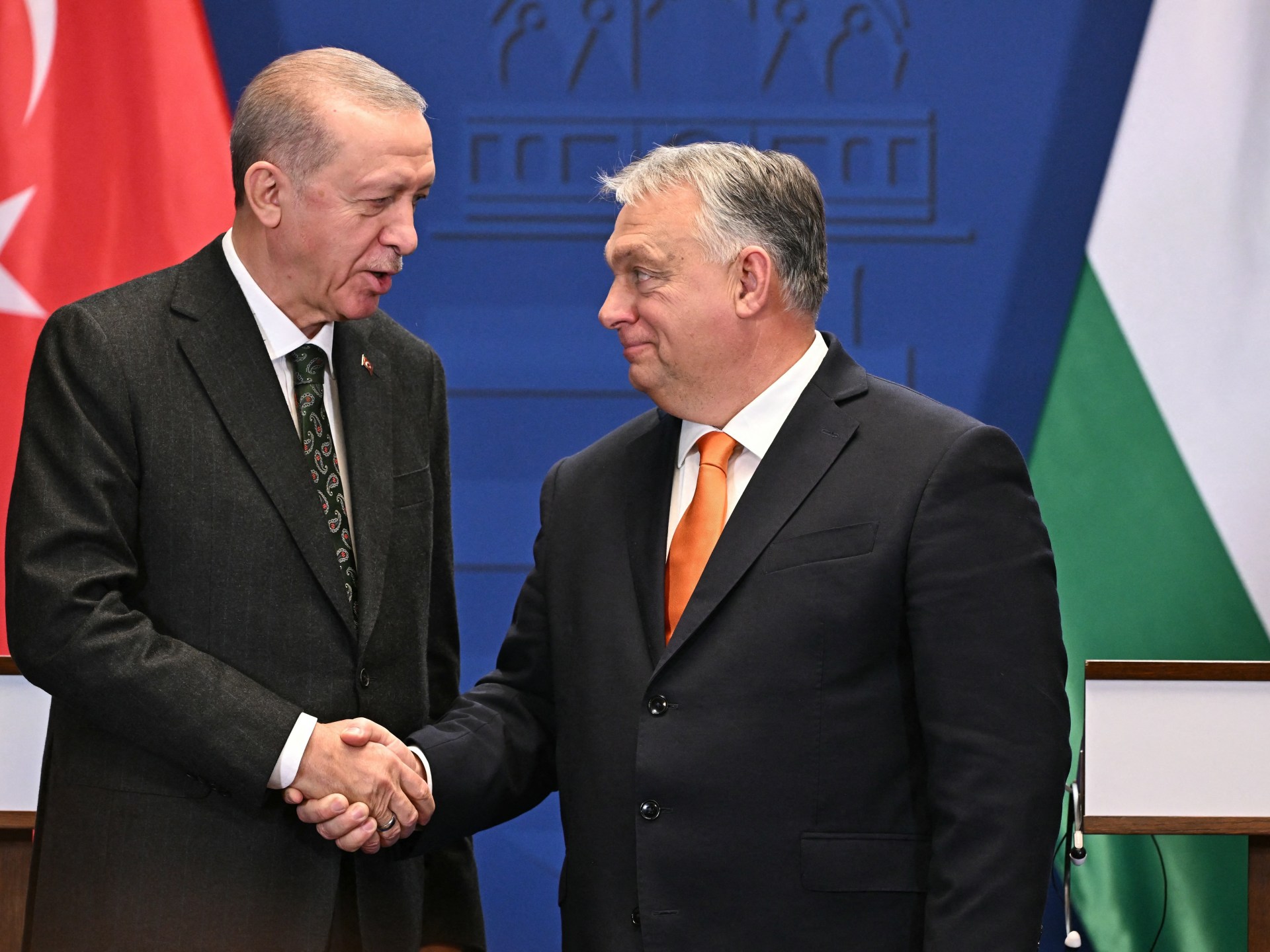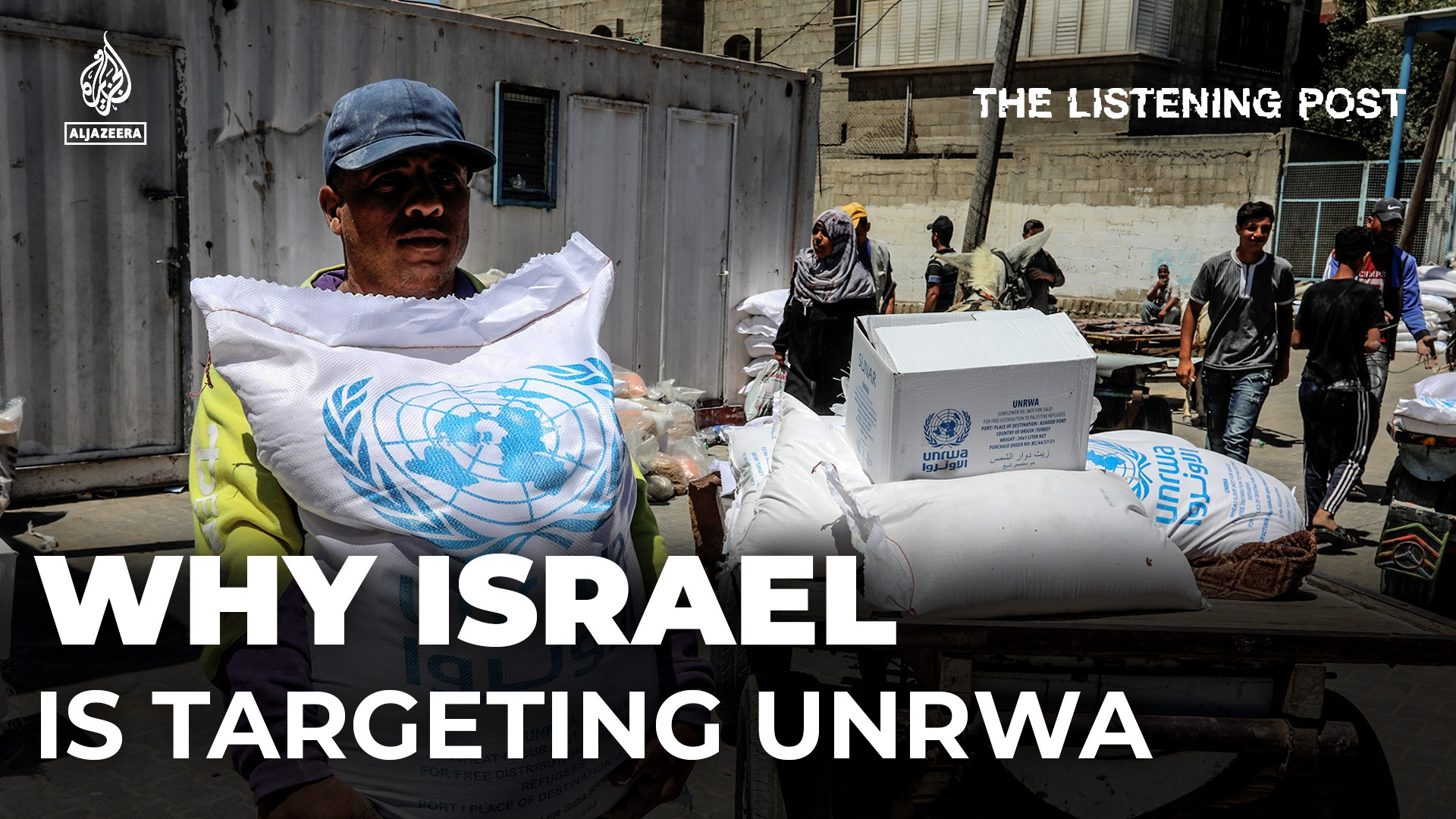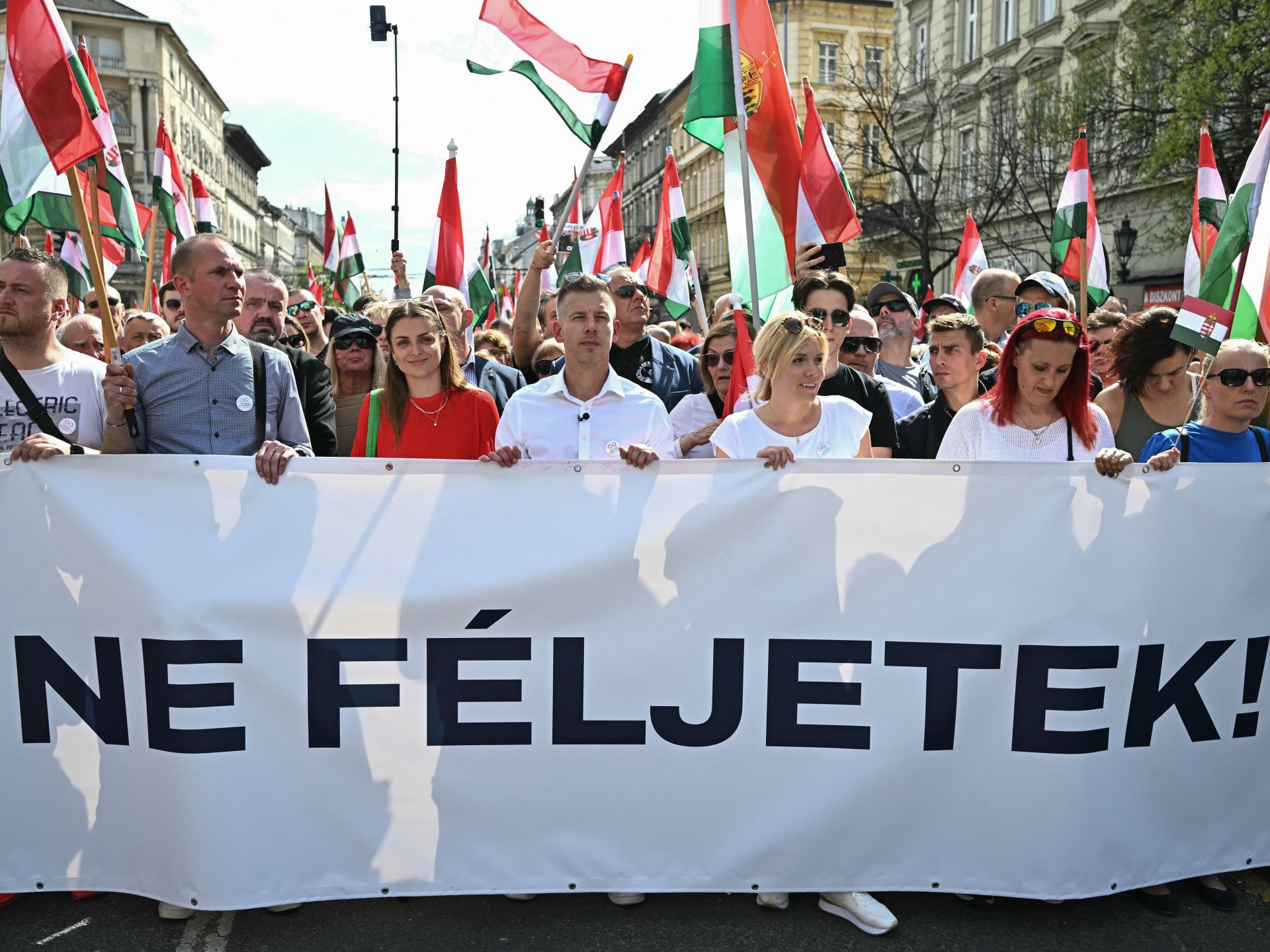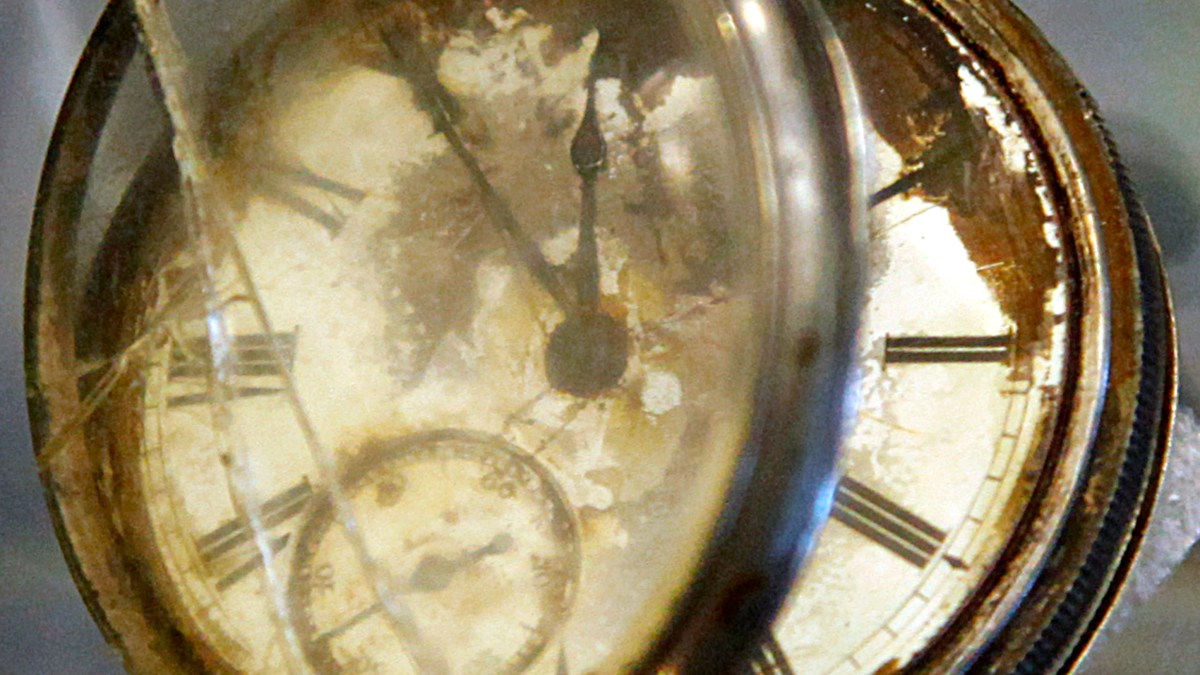Kerala Proved Good Governance Vital in a Pandemic — Global Issues
NEW DELHI, Oct 06 (IPS) – When COVID-19 claimed millions of lives across India, Kerala state at the southern tip of the subcontinent stood apart for low mortality rates that experts attribute to good governance, a robust public health delivery system and strong civil society support.
Kerala, a state of 35 million people, has consistently ranked above the rest of India on the Human Development Index (0.84), with literacy, life expectancy, and human rights records comparable to that of developed countries. It enjoys an infant mortality rate of 12 per thousand live births and a female literacy rate of 92.07 percent.
One reason for Kerala’s high development indices is its remittance economy, with large numbers of its people finding work abroad — an estimated four million are known to be working in the oil-rich Middle Eastern countries alone. Remittances to Kerala averaged 715,789,912 million US dollars annually during the 2004—2023 period.
However, the same expatriate workers became a liability during the pandemic. As they streamed back home, the state government mounted tight monitoring at its four international airports at Kannur, Calicut, Kochi, and Thiruvananthapuram while following up with quarantine, source tracing and tracking to prevent the virus from spreading in the densely populated state (860 people per square kilometre).
“There are many layers to the measures ordered by the state government, extending to individuals, community, public health systems and private hospitals,” said Jaideep C Menon, professor of adult cardiology and public health at the Amrita Institute of Medical Sciences, Kochi.
Voluntary Agencies
“Everybody pulled together. Community kitchens run by panchayats ensured essential supplies of grains, vegetables, fruits, petroleum products or drugs,” said Jaideep Menon. Additionally, he said, there were awareness creation programmes run by government-backed self-help groups like ASHA and the women’s voluntary agency Kudumbasree.
“There were instances of essential drugs like Factor VIII for haemophilia, cancer care medicines, etc., being sent through the police networks to remote public health centres (PHCs) during lockdowns. Radioisotopes — supplied to hospitals solely by the Babha Atomic Research Centre — were flown in on specially chartered flights and moved to recipients with police help,” Jaideep C said.
According to Jaideep Menon, the police force proved to be an effective arm of the government’s COVID-19 response, not only for facilitating the movement of essentials but also for providing effective policing that was needed to implement contact tracing and quarantine during the first wave of the pandemic that ran from March to November 2020.
Groups such as the Distress Management Collective India networked influential Malayalis (as Kerala natives are called) living around the world to source medicines, vaccines, and equipment such as oxygen concentrators for COVID-19 patients in dire need.
“On receiving the oxygen concentrators, we delivered them to people with breathing difficulties in remote places of Kerala,” says Anil Jabbar, a local coordinator in the state for the DMCI. “The instructions on how to calibrate and use the equipment were then provided over smartphone videos to protect ourselves from getting infected.”
Coordination expertise came from Vinod Chandra Menon, a founder member of the National Disaster Management Authority (NDMA) and former Asia regional director of the International Emergency Management Society, Oslo.
“The odds in Kerala were tremendous because of a moving population – in fact, the first recorded Covid case in India was that of a female medical student in Wuhan who flew back home to Kerala on 23 January 2020,” said Vinod Menon.
“What was instructive was the professional way in which the authorities handled the case,” said Vinod Menon. “She had no symptoms but based on her travel history in China, she was placed in an isolation room, and her throat swab and blood samples were flown to the National Institute of Virology in Pune, where the samples tested positive for COVID-19.”
“It was clear from the start that early detection and early response was the way to go, and Kerala averted a major disaster by simply following the standard operating procedure that was laid down from the start,” said Vinod Menon.
“Unlike in most of India, Kerala’s interdepartmental coordination was excellent and meshed together with voluntary agencies and women’s help groups thanks to backing from the highest levels of government right down to the villages.”
While the number of COVID-19 fatalities in India remains contentious, with some estimates placing it above 5 million, calculations based on National Survey Data indicate that between 1 June 2020 and 1 July 2021 alone, there were 3.2 million deaths from the virus.
In contrast, Kerala’s data, even after the second wave between April and March 2021, suggested “relatively limited spread, fairly effective mitigation and better surveillance of both infections and deaths than in most parts of the country,” according to Murad Banaji a lecturer in applied mathematics at the University Oxford with an interest in analysing the pandemic in India.
It helped that Kerala had been primed up for community participation, interdepartmental coordination, participation of local self-governments and social mobilisation by voluntary agencies through the experience of responding to a massive flood that devastated the state in 2018 and a Nipah virus epidemic in 2018—2019.
Said Sandhya Raveendran, who is both a surveillance officer for Kollam as well as the deputy medical officer for the district: “We hit the ground running. Even before the first case was identified, we were ready with mock drills and rapid response teams, thanks to the legacy of handling a Nipah virus outbreak.”
Sample collection teams, consisting of a medical officer, a nurse or laboratory technician and a driver, all equipped with PPE kits, fanned out daily along predetermined routes after prior intimation to sites that were due to be visited, said Sandhya Raveendran.
“Key to containment was the early setting up of sentinel surveillance using RT PCR tests followed by the setting up of laboratories capable of performing accurate tests,” said Raveendran. “What became clear after four rounds of tests was that most of the cases were imported and that there was no community transmission.”
The laboratories were linked to an ‘integrated health information platform’ for real-time reporting of detailed results so that action could be rapidly taken at the field level and epidemiological investigations could be carried out by special rapid response teams.
By early March 2020, the state had the highest number of active cases in India, but using the trace, quarantine, test, isolate and treat strategy, by June 2020, Kerala managed to keep the basic reproduction number (transmission per primary infected person to the secondarily infected persons) at 0.454 against the India average of 1.225.
Decisive leadership
“What worked was decisive leadership from the top in setting up command centres in various districts under the district collector (chief administrator), following directives from the chief minister and the state health department,” said Jaideep Menon. “This led to health taking centre-stage for a prolonged period in both print and audio-visual media.”
“In sum, Kerala’s proactive approach to quarantine, infection prevention and control, the state’s strong public health system that could reach every household, and an empowered and literate community pulled together to combat the pandemic.”
He says the key lesson for the rest of India is that a robust disaster management plan must be instituted with clarity on who does what, adding that while all the states had voluntary agencies and local self-governments, they were not harnessed towards quick and effective intervention in the way Kerala did.
“Pandemics like COVID-19 are a distinct possibility in the future, and that’s why it is important to clearly define the role and mandate of each implementing agency by governments.”
Note: This article was supported by the Sabin Vaccine Institute and Internews.
IPS UN Bureau Report
Follow @IPSNewsUNBureau
Follow IPS News UN Bureau on Instagram
© Inter Press Service (2023) — All Rights ReservedOriginal source: Inter Press Service
Check out our Latest News and Follow us at Facebook
Original Source

